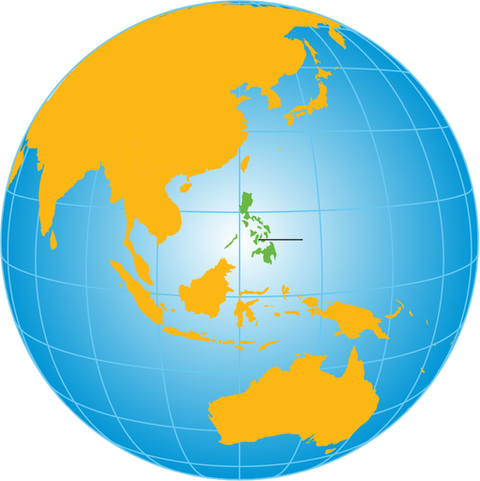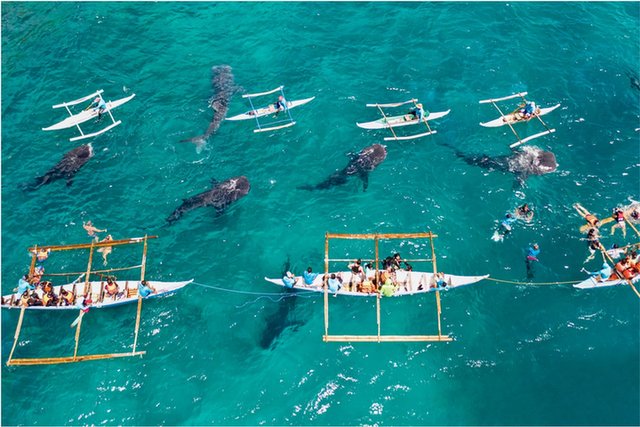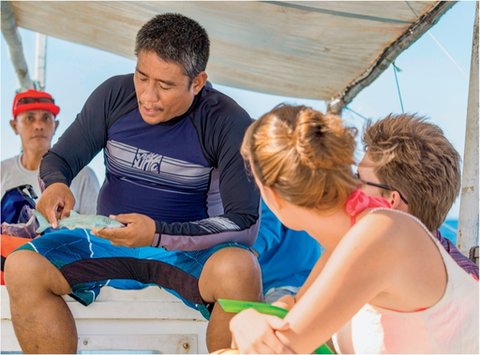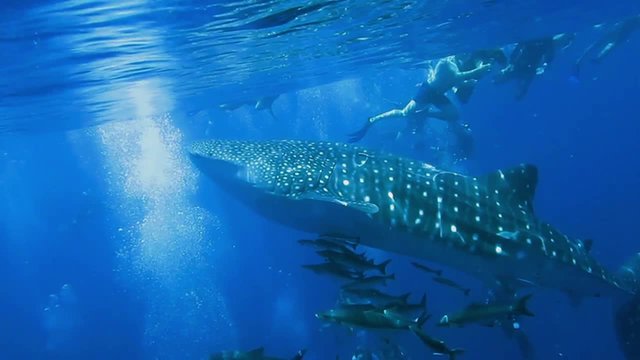
Asia
Philippines
Australia
Oslob
It’ssixo’clockinthemorning.You’restandingonadockinOslob,asmallfishingvillageinthePhilippines.Yourubyoureyesasamaninchargegoesovertherules.Notouching.Noriding.Noflashphotography.Nosunscreen.Keepatleast 5 meters(16 feet)awayfromthesharksatalltimes.Normally,youwouldn’tneedsomeonetoremindyoutokeepyourdistancefromashark.But,todayisnotanormal day.
Yougrabamaskandsnorkelandputonyourlifejacketbeforejoiningothertouristswhohopaboardalarge,thincanoe.Thecanoeisequippedwithfloatstoprovidebetterbalanceinthewater.Thecaptainpaddlesout45meters(about150feet)fromshore,leadingalonglineofcanoeslike yours.
Afewoftheboatcaptainstossbucketsfullofshrimpsintothesea.Itdoesn’ttakelongbeforeyouseewhatyou’vebeenhopingfor.Cruisingslowlythroughtheclearwaters,youseethem.Theyarethebiggestfishintheocean—whale sharks.

Touristswatchwhalesharksinthe Philippines.

Touristslearnaboutwhalesharksbeforedivingintoswimwith them.
Thecaptaintellseveryoneit’sokaytogetinthewater,buttostayoutofthewayofthesegentlegiants.Youjumpin,holdingontothesideofthecanoe.Withyourheadunderwateryoucanseeanimmensesharkswimpast.Ithasawidemouth,withasmatterofwhitespotsonitshugehead.Ithasacheckerboardpatternoflargerwhitespotsdownitsbackand sides.
It’ssobig.Youfeelhumbled.Asanothersharkcomesby,youpulloutyourwaterproofcamera.Click.Click.Click.
Agroupoftouristsjumpinthewatertoswimalongsideandtakepicturesofawhale shark.
